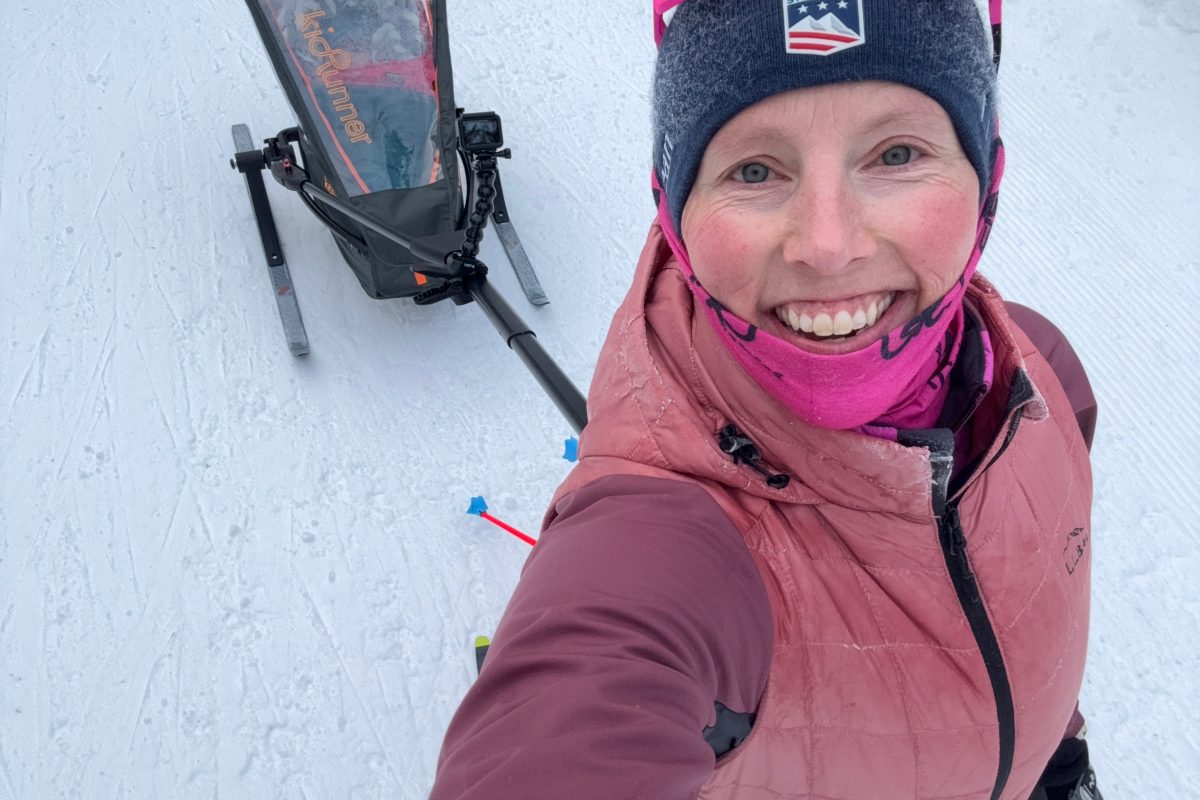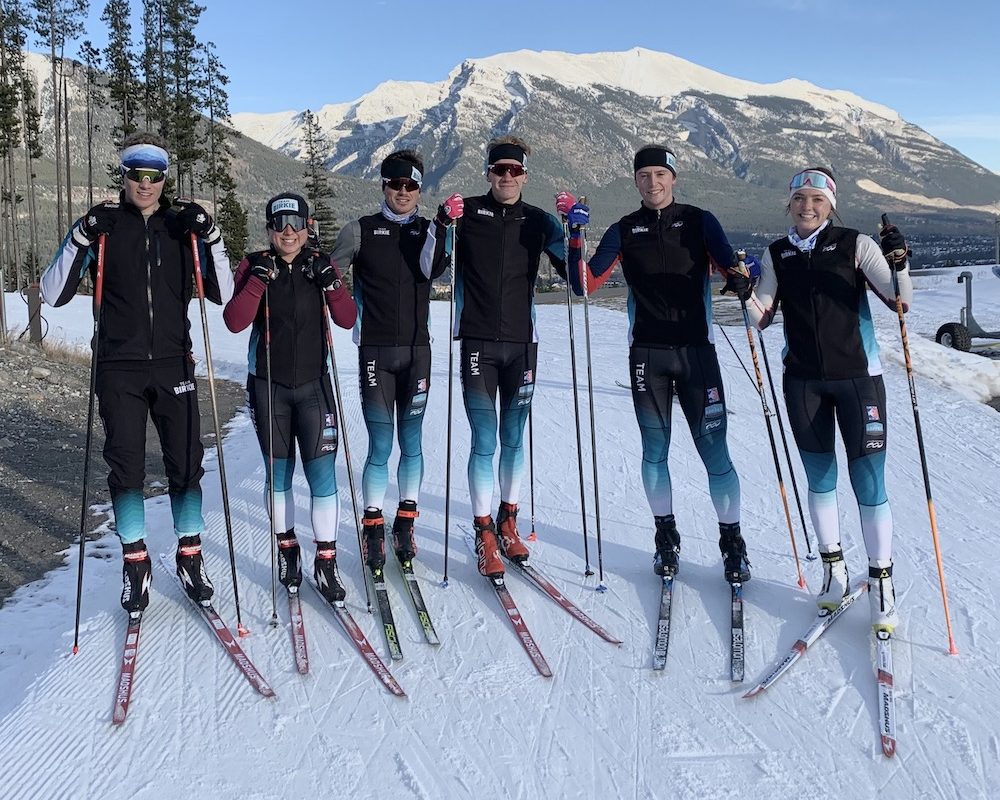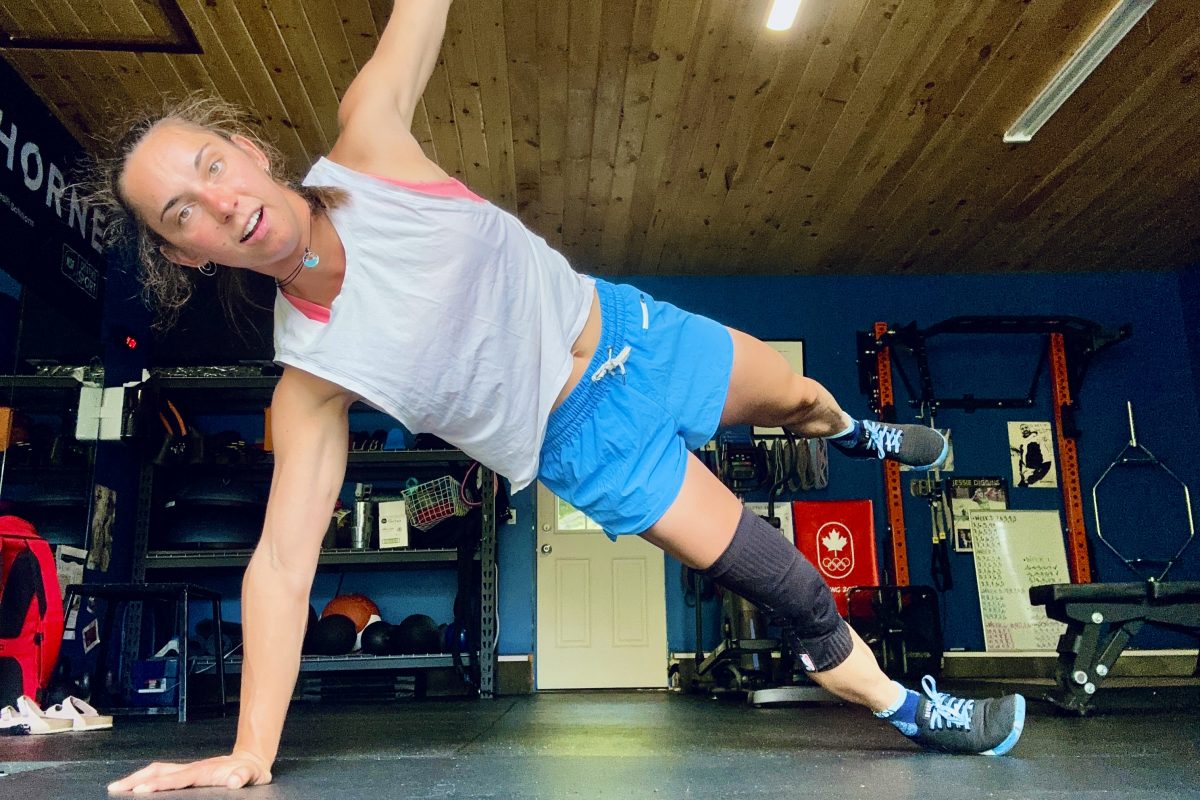I’m overtrained. I’ll admit it. But it is all part of the plan. Only by stressing our bodies just beyond our limits, do we progress. Of course, the stress must be followed by recovery. That’s why I’m taking it easier this week. The body needs time to heal, to repair the damage we’ve done, and build things even better than they were before. It’s an amazing process.
For ten years, since I was twelve years old, I’ve gone through this stress-recovery process in a systematic way. Each year — rather, with each workout — I become ever more aware of my body’s limits. I know how much training I can cope with and recover from. During a workout, I can feel when my body is approaching the point where, to continue, it could take days or even a week to feel good again. You acquire a sixth sense after destroying and repairing your body day after day for so many years.
Intensity and duration determine how stressful a workout will be on the body. The two are disproportionate. A modest increase in intensity of a workout will have a far greater effect on stress than a modest increase in its duration. It would take many hours at an easy pace to equal the amount of stress in just an 8x 3-minute hill bounding workout.
Altitude, weather (temperature, humidity, precipitation), ground surface (pavement or grass, when running, for example), and air quality (pollution, ozone, dust) are all external factors that add stress to workouts.
The method used for the workout, whether done cycling, rollerskiing, or running, changes the amount of stress. Because cycling does not have the ground impact of running, joints and support muscles will break down less. Cycling uses less muscle tissue, so your heart rate will be lower at any given rate of exertion. A cycling workout will require less recovery time than if it were done running.
Lifestyle factors can be as stressful as training and are too often overlooked. If you’re in college and it's final examination week, it’s pretty obvious that it would not be a good time for your highest volume or intensity week of the year. Less than adequate sleep and nutrition, extra mental anxiety, and thousands of fellow students in the same stressful position usually define finals week. It’s a recipe for sickness even without adding in training. But this is too obvious of an example. Just one night of bad sleep, a day traveling through airports, a skipped meal: any of these will affect how much training you will be able to handle in the ensuing days.
Good recovery is as much about the one hour after training as it is about your lifestyle as a whole. Elite athletes who are neither in college nor working have much higher capacities for training because their lives revolve around improving. For every action they take in a day, there is some consideration of how it will affect their performance. A lifestyle conducive to athletic performance means:
– Plentiful sleep (eight hours, at the very least)
– Good rest (napping isn’t just for grandma)
– Good nutrition (you are what you eat)
– Good health sense (if you start feeling sick, adjust training)
– Good habits (avoiding sick people and risky situations)
– Minimized anxiety (finances in order)
– Good environment (surrounded by motivating people)
Simple actions done before, during, and after training make it more effective and decrease the amount of time necessary to recover from it.
Before training, make sure that all of your equipment is in good working order. Dress in proper clothing and apply sunscreen. At the beginning of training, especially when doing a high intensity workout, allow for an adequate warm-up and stretching session. Have clear objectives for the workout: why are you doing it, how are you doing it.
During the workout, drink plenty of water, and if it exceeds 90 minutes in length, consume energy drink or food. Go the proper pace; measure your exertion using a heart rate monitor and a Lactate Pro to make sure it’s correct. Wear a helmet when moving at a high velocity. A spill on rollerskis or bike that knocks you unconscious could seriously end your season before it even began.
The first thirty minutes after finishing your workout are critical. Be anxious to get the following done as soon as you finish your last interval, or after a continuous workout:
– Change clothes, especially in cool weather. Damp clothes will keep the body temperature low and can lead to skin infections.
– Drink plenty of liquid, either warm or cool, depending on the temperature.
– Eat an energy bar containing carbohydrates and protein.
– Cool down to flush lactate and waste products.
– Stretch lightly.
– Evaluate the workout: what did you do well, what did you do poorly, what did you learn?
You have a window of about one hour after training where recovery is most effective. The body goes into overdrive repairing muscle tissue, replenishing glycogen stores, and restoring the body to homeostasis (normal). Use this hour to shower, eat, and start a nap.
Recovery continues. Optimally, the remainder of the day would be spent relaxing until the afternoon workout, done at least four to six hours after the morning one. After intensity sessions done in the morning, I have found that a medium-length workout done at an easy pace in the afternoon helps speed recovery. Cycling and classic rollerskiing are conducive methods.
For those with high athletic aspirations, the goal is to complete as much quality training as possible. The good techniques suggested above speed up the recovery process, allowing us to get back to hard training sooner. A healthy lifestyle allows us to maintain stressful training throughout the year and prevent sickness and injury. Training hard and recovering quickly is the only legal, ethical way to improving.
A 2006 Olympian in biathlon, Brian Olsen, 22, lives in Heber City, UT and Jericho, VT. He competes for Team Soldier Hollow. Find more information on his website: www.frozenbullet.com .




